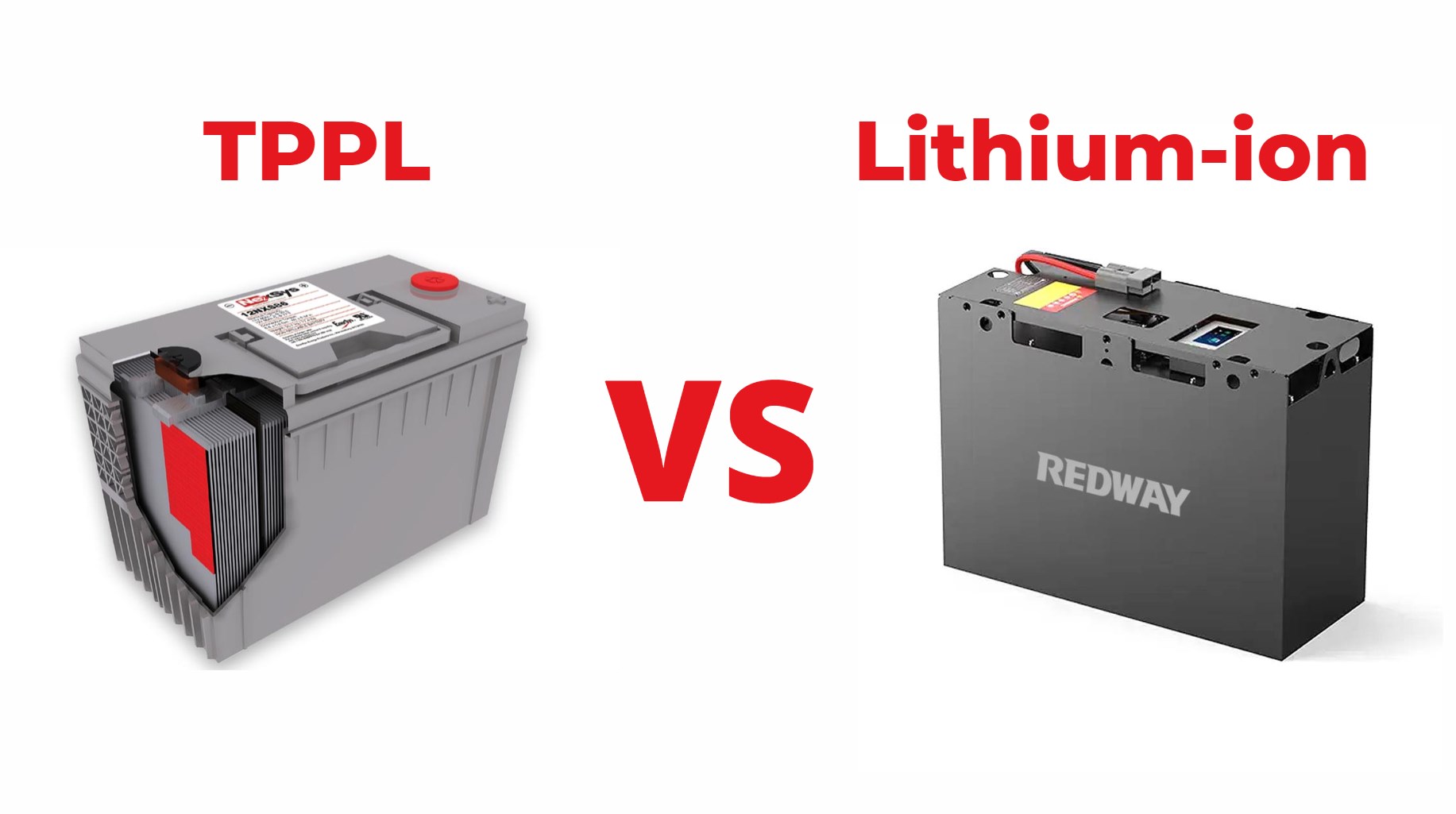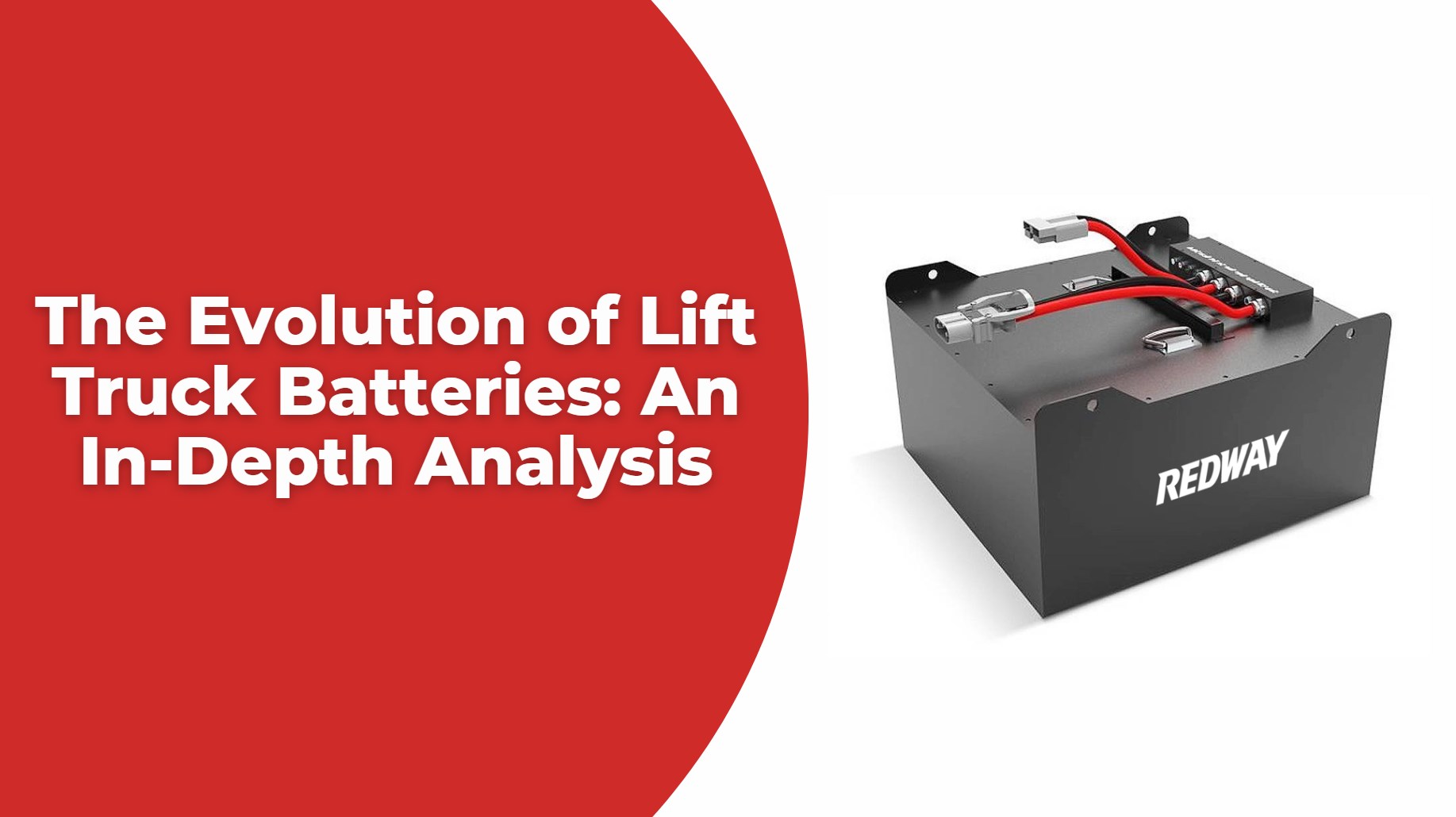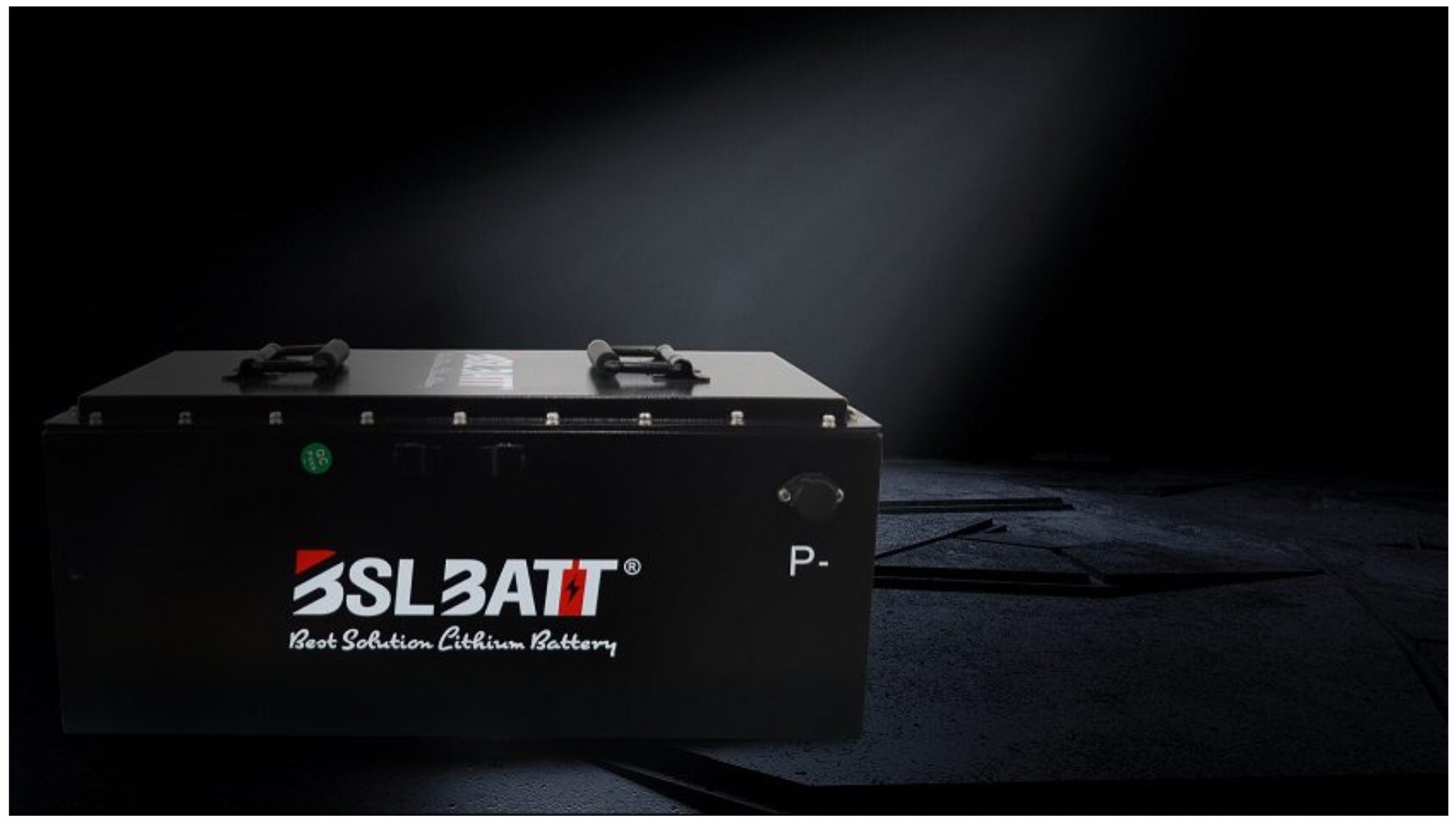Can a dead marine battery be recharged?
Yes, a dead marine battery can often be recharged, depending on the extent of its discharge and the type of battery. For deep cycle batteries, including lead-acid and lithium variants, there are methods to revive them. However, if a battery is excessively discharged or damaged, it may not be recoverable. Proper charging techniques can help restore its functionality.
Understanding Marine Batteries
Marine batteries are designed to provide sustained power for various applications on boats, such as powering electronics, lights, and motors. The two primary types of marine batteries are deep cycle and starting batteries:
- Deep Cycle Batteries: These batteries are engineered to be discharged and recharged repeatedly. They provide a steady amount of current over an extended period.
- Starting Batteries: Designed for short bursts of high current to start engines, these batteries are not suitable for deep discharges.
Types of Marine Batteries
- Lead-Acid Batteries: These include flooded lead-acid and sealed variants (AGM and gel). Lead-acid batteries can be recharged after being deeply discharged but require careful monitoring to avoid damage.
- Lithium-Ion Batteries: Known for their longer lifespan and lighter weight, lithium batteries can also be recharged after being depleted. They have built-in management systems that protect against over-discharge.
Can You Recharge a Dead Marine Battery?
1. Assessing the Battery’s Condition
Before attempting to recharge a dead marine battery, it’s essential to assess its condition:
- Check Voltage: Use a multimeter to measure the voltage. A reading below 12 volts for lead-acid batteries or below the manufacturer’s specified minimum for lithium batteries indicates that the battery may be dead or deeply discharged.
- Visual Inspection: Look for signs of damage, such as swelling, leaks, or corrosion on terminals. If any physical damage is evident, it may be time to replace the battery.
2. Charging Methods
For Lead-Acid Batteries:
- Slow Charging: Use a low amp charger (around 10-15 amps) to slowly bring the battery back to life. This method is gentler on the battery and helps prevent overheating.
- Smart Chargers: These chargers automatically adjust their output based on the battery’s state of charge, preventing overcharging and extending battery life.
For Lithium Batteries:
- Use a Compatible Charger: Ensure you use a charger specifically designed for lithium batteries. Lithium chargers typically have built-in protections against overcharging.
- Monitor Charging Process: Lithium batteries can often recover from deep discharges more effectively than lead-acid batteries. However, ensure that you follow manufacturer guidelines regarding charging voltages and rates.
3. Reviving Deeply Discharged Batteries
If your marine battery has been deeply discharged (e.g., below 10 volts), you might need to take additional steps:
- Jump Starting: For lead-acid batteries, connecting a good battery in parallel can help raise the voltage enough to allow a charger to function correctly.
- Desulfation: For lead-acid batteries that have been discharged too often, consider using a desulfator device that helps break down sulfation build-up on the plates.
4. Maintenance Tips for Longevity
To prevent future issues with your marine battery:
- Regular Charging: Avoid letting your battery discharge completely before recharging. Aim to recharge when it reaches around 50% capacity.
- Use Smart Chargers: These devices monitor the charging process and automatically adjust settings to optimize performance.
- Periodic Inspections: Regularly check terminals for corrosion and clean them as necessary.
Latest News
Recent trends in marine battery technology highlight significant advancements:
- As of October 2024, manufacturers are increasingly focusing on developing smart charging technologies that enhance safety and efficiency in marine applications.
- The demand for lithium-ion marine batteries continues to rise due to their lightweight design and superior performance characteristics.
- Regulatory changes are encouraging the adoption of cleaner energy solutions in boating, further driving interest in advanced battery technologies.
Redway Expert Comment
In our experience at Redway Power, reviving a dead marine battery is often possible with the right techniques and equipment. Understanding your specific battery type is crucial—lead-acid and lithium batteries require different approaches for effective charging. Regular maintenance and proper charging practices will significantly enhance your marine battery’s lifespan and reliability.”





